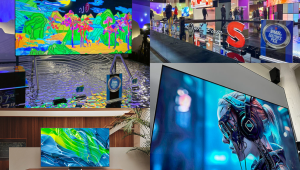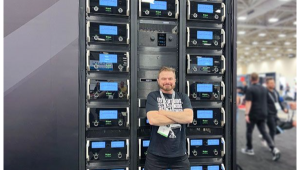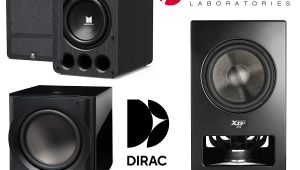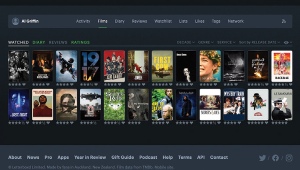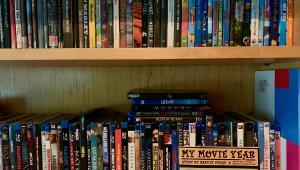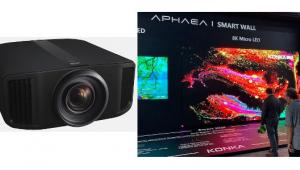As the owner of a Vive, PSVR and GearVR, I can authoritatively state that it most certainly IS ready for the mass market! The Vive wins HANDS down over other consumer platforms with the most accurate tracking and most immersive system for home use.
VR Is Moving Forward But Is It Ready for the Masses?
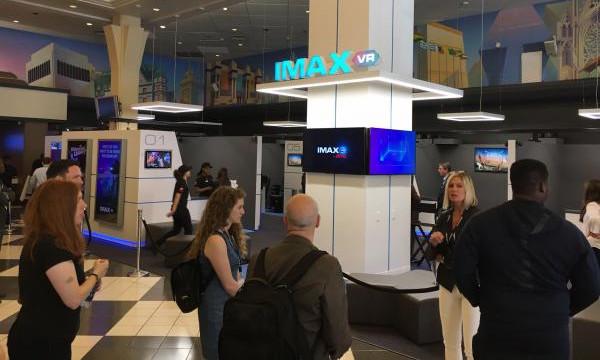
The complex in New York consists of 12 individual “pods”— walled-in cubes with an open front. VR headsets, haptic vests that provide tactile sensations to the wearer’s back and chest, surround sound headphones, and various interactive controllers and/or tactile seating in each pod allow customers to fully immerse themselves in VR sequences created in conjunction with content partners. Some of the experiences, such as a virtual roller-coaster ride, were more “sit-back,” but most involved moving around inside an approximately 8 x 8-foot space (virtual netting pops up to warn you when you approach a real physical boundary). Flat-screen monitors in each pod allow friends and passersby to observe the virtual action.
The typical experience lasts 7 to 12 minutes, with pricing at about $1 per minute. I’m not much of a gamer, but I’m interested in VR and its brother AR (augmented reality) as they might someday pertain to consumption of movies or music videos, so I’ve tried most demos available to me. Up to this point, I’d not been impressed, in part because most involved a smartphone installed in some knock-off of Google Cardboard glasses. Even the Samsung VR is powered entirely by a handheld phone. Phones lack the multiple motion sensors and computing power to execute the video processing and head tracking necessary for a pristine visual experience — and one that does not induce nausea due to image lag, at least in sensitive types like me.
IMAX laid claims to a state-of-the-art experience, so I went in with high hopes. Most pods featured the HTC Vive headset, or in some cases the Starbreeze Star VR headset, which is known to have a wider field of view to create a more immersive experience. The content ran from customized versions of popular video games to movie-themed experiences. Content providers include studios and game companies such as ILMxLABs, Sony, Lionsgate, VRC, Starbreeze, Survios, and Ubisoft.
I tried three different VR experiences, with mixed results. The best by far was the Raw Data video game. After being equipped with a haptic vest, headphones, and HTC Vive VR headset and gun/holster controllers, I was set loose to defend myself against an endless barrage of full-size humanoid robots intent on destroying me. Unlike prior VR solutions I’ve tried, the head-, hand-, and body tracking were dead-on responsive, with virtually no nausea-inducing lag, and the 3D virtual space remained crisp and in sharp focus no matter where I turned. By comparison, my experience attempting a Vive-driven tightrope walk between the old Twin Towers, based on The Walk, the 2015 movie about Philippe Petit’s famous 1974 stunt, was exhilarating in its photorealistic rendering, but its soft focus pulled me out of the scene.
The Starbreeze-powered Mummy Prodigium Strike turned visitors into mummy-shooting commandos and began with my sitting on a bench that mimics the motion and vibration you might feel with your feet dangling from an open helicopter hatch, automatic machine gun in hand. While the video-game animation was highly engaging and immersive, I found the glasses a less-than-perfect fit for my head, resulting in some lack of focus and a bit of annoying error between the eyepieces.
Taken in total, my three demos convinced me that there remains real inconsistency in the delivery of VR based on the equipment used and the content itself — even in a curated situation like this. So...we’re getting there. But until everyone can have a superlative and convincing experience every time, VR won’t really be ready for prime time.
In Other News...
I am proud to announce Sound & Vision’s appointment to membership in at EISA, the European Imaging and Sound Association. For those unfamiliar, EISA is an organization of nearly 50 special-interest magazines in 24 countries covering audio, video, home theater, car audio, photography, and mobile products for enthusiasts and general consumers. The group administers the annual EISA Best Product awards, in which winners are selected after an arduous nomination and voting process by the editors of the publications in each segment. Sound & Vision is now a member in the Home Theatre Audio group, while our sister publication Stereophile, which covers high-end audio, has joined the Hi-Fi group; Stereophile editor John Atkinson and I will both be actively participating in the product nominations and voting for the 2017–2018 awards that will be announced at the IFA audio show in
Berlin next summer. We are honored to be the first members invited to the group from outside Europe.
You can learn more about EISA and view the most current award-winning products here and by visiting EISA.eu.
Closer to home, I’d also like to call your attention to a new video podcast we’ve launched called “Pixels & Bits.” Twice a month (for starters, at least), contributing technical editor Steve Guttenberg and I will be sitting down for a freewheeling, 15-minute or so discussion about, well, whatever we feel like, as long as it pertains to the world of AV. From our enthusiast and industry perspective, we’ll be chatting and occasionally arguing about products and trends we like or don’t like and sharing some of our favorite gear. New episodes get archived on the Sound & Vision YouTube channel and featured on our website. You can get notifications of new episodes by following us on Twitter (@soundnvision) or Facebook (@soundandvisionmag).
EISA Awards 2017-2018: The European Imaging and Sound Association Celebrates the Year's Best Gear
Recent Pixels & Bits podcasts:
- Log in or register to post comments


When I first tried the Meta Quest headset, I was amazed by the feeling of total immersion. You just put it on and it's like being transported to another world. Gaming, traveling, learning - everything looks so realistic that sometimes you forget where you are. The best part is that you don't need a powerful computer or complicated settings, everything works right away. I even read a couple of meta quest review, and it turns out that many people share the same impressions.

